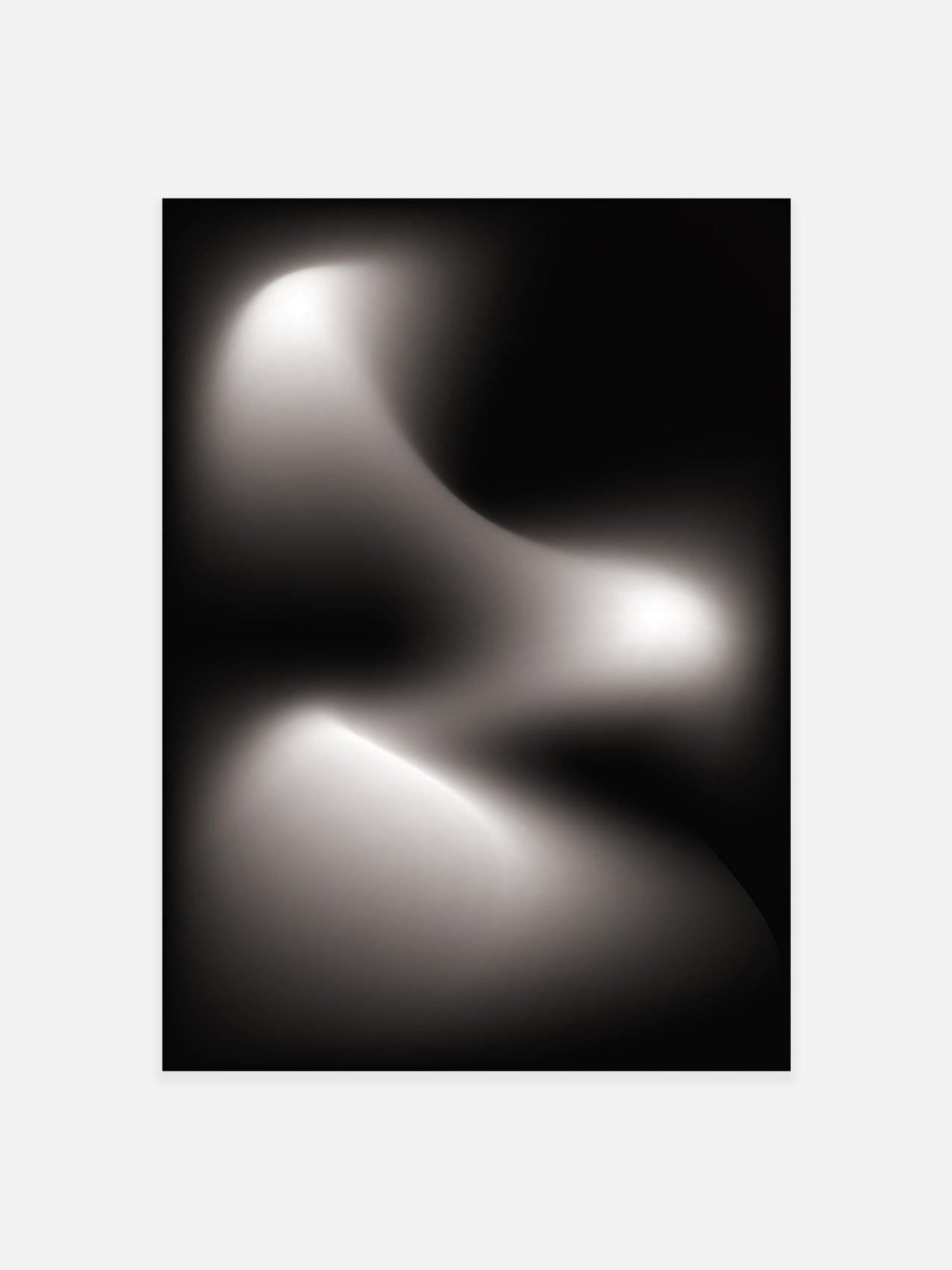
Magdalena Abakanowicz: Innovative Textile Art and Sculptures
When we consider the landscape of modern art, certain names stand out not just for their creative genius but for their ability to transform the very fabric of artistic expression. Magdalena Abakanowicz is one such name. Her pioneering work with textiles and her profound exploration of human and organic forms have left an indelible mark on the art world.
The Journey of an Artist
Born in 1930 in Poland, Magdalena Abakanowicz's life and career were deeply influenced by the turbulent historical context of her homeland. Growing up during World War II and living through the subsequent Communist regime, Abakanowicz's work often reflects themes of individuality versus collectivism, the fragility of human existence, and the complex interplay between nature and the human condition.
Her formal art education began at the Academy of Fine Arts in Warsaw, where she initially studied painting. However, it was in the realm of textiles that she found her true calling. This unconventional medium allowed her to break away from the traditional confines of art and to create works that were both monumental and intimate.
The Birth of the Abakans
Abakanowicz’s most renowned works are the "Abakans," large, three-dimensional textile sculptures that defy easy categorization. Created in the 1960s, these pieces challenged the traditional boundaries between sculpture and tapestry. The Abakans are organic, often anthropomorphic forms, woven from sisal, wool, and other natural fibers. They hang from the ceiling or stand on the floor, engulfing the viewer in their textured, undulating surfaces.
The Abakans are not mere objects; they are experiences. Their scale and presence demand interaction, drawing viewers into a tactile world where they can touch, feel, and even smell the fibers. This multisensory engagement is a hallmark of Abakanowicz's work, emphasizing the physicality and materiality of art.
Exploring Human Forms
In the later stages of her career, Abakanowicz turned her attention to the human form, creating haunting, fragmented figures that convey both strength and vulnerability. Her series "Crowds" and "Heads" consist of headless, often armless figures made from burlap, resin, and other materials. These sculptures stand in silent groups, evoking a sense of anonymity and collective identity, yet each figure retains a unique, individual presence.
These works are a poignant commentary on the human condition. The absence of heads suggests a loss of identity and individuality, a reflection on the dehumanising aspects of modern society. Yet, the sheer number and presence of these figures also speak to resilience and the enduring human spirit.
Thematic Depth and Artistic Philosophy
Abakanowicz’s work delves deep into themes of identity, community, and the intersection of the organic and the industrial. Her choice of materials—often raw and unrefined—speaks to the natural world's resilience and the human struggle to find place and meaning within it. Her pieces often evoke a sense of the primordial, suggesting a timeless connection to the earth and the cycles of nature.
Her sculptures, particularly the series of "Crowds," reflect her philosophical musings on the nature of the individual versus the collective. These works, often headless and armless, evoke images of anonymity and loss of identity, resonating with the experiences of living under oppressive regimes and the struggle for personal autonomy. Despite this, there is also a celebration of community and collective strength, seen in the way these figures stand together, creating a powerful visual metaphor for human solidarity.
Legacy and Impact
Magdalena Abakanowicz's contributions to art extend beyond her innovative use of textiles and her profound thematic explorations. She was a trailblazer for women in the art world, breaking through the male-dominated sphere of sculpture and establishing a unique, powerful voice. Her work has been exhibited globally, from the Venice Biennale to the Museum of Modern Art in New York, influencing generations of artists and thinkers.
Abakanowicz passed away in 2017, but her legacy lives on. Her art continues to inspire, challenge, and provoke thought, reminding us of the power of creativity to transcend boundaries and to speak to the deepest parts of the human experience.
Practical Tips
For artists looking to explore new media and push the boundaries of traditional art forms, Abakanowicz's work offers several valuable lessons:
1. Embrace Unconventional Materials: Abakanowicz’s choice to work with textiles was revolutionary. Artists should feel empowered to experiment with materials that are not traditionally associated with fine art, finding new ways to express their vision.
2. Create Immersive Experiences: The tactile, multisensory nature of the Abakans demonstrates the power of creating art that engages more than just the visual senses. Consider how your work can involve touch, sound, or even smell to create a more immersive experience for viewers.
3. Explore Deep Themes: Abakanowicz's work is deeply philosophical, exploring themes of identity, community, and the human condition. Don’t shy away from tackling complex and profound themes in your art; these are the subjects that resonate most powerfully with audiences.
4. Resilience and Innovation: The artist's ability to create under difficult political and social conditions is a testament to the resilience and innovation of the human spirit. Let challenges inspire new ways of thinking and creating, rather than stifling your artistic voice.
5. Interactivity and Viewer Engagement: Think about how viewers interact with your work. Abakanowicz’s sculptures often require viewers to move around them, to experience them from different angles, and to engage with them physically. This interaction can make the art more impactful and memorable.
Further Reading and Resources
For those who want to delve deeper into the life and work of Magdalena Abakanowicz, here are some recommended books:
- Magdalena Abakanowicz: Metamorphoses by Joanna Inglot
- Magdalena Abakanowicz: Exhibition book
In Summary
Magdalena Abakanowicz's art is a testament to the power of materiality and form. Through her innovative use of textiles and her exploration of the human condition, she has created works that are both timeless and deeply resonant. As we engage with her art, we are reminded of the profound connections between touch, sight, and the shared experiences that define our humanity. In celebrating her legacy, we honor not just an artist, but a visionary who expanded the possibilities of what art can be.
Magdalena Abakanowicz’s work continues to inspire artists and art lovers alike, offering a powerful example of how art can transcend boundaries, speak to universal themes, and engage viewers in a deeply personal and tactile experience. Whether you are an artist seeking to push the limits of your medium or an enthusiast looking to deepen your understanding of contemporary art, there is much to learn from the life and work of this remarkable artist.



























